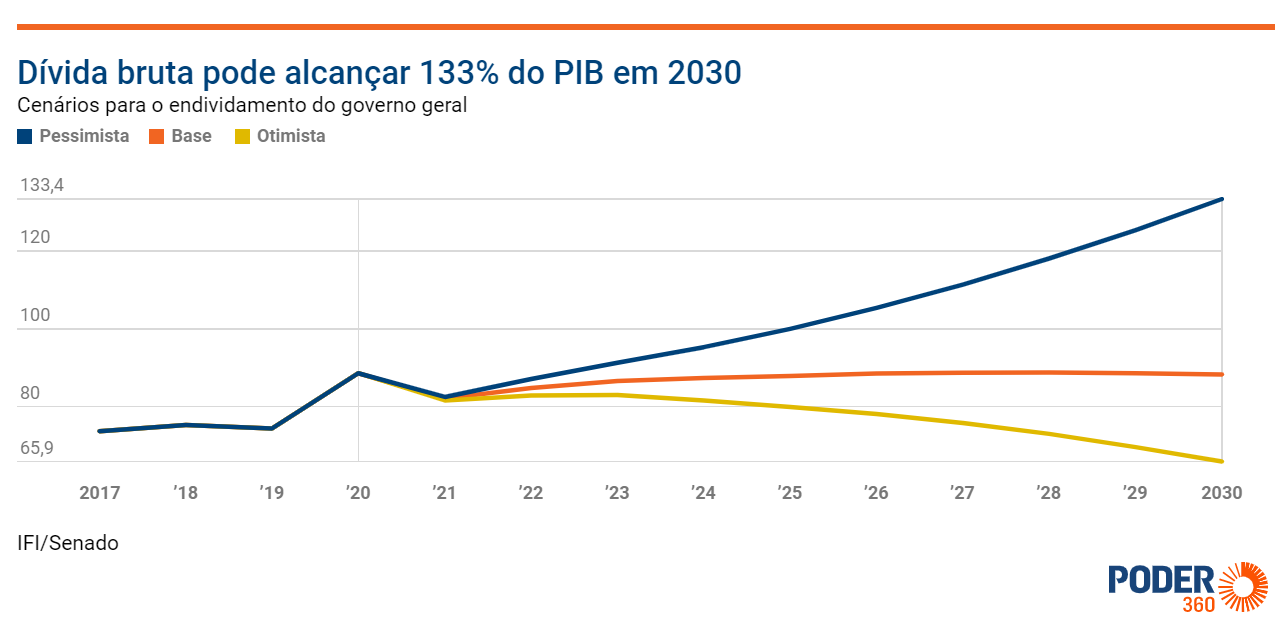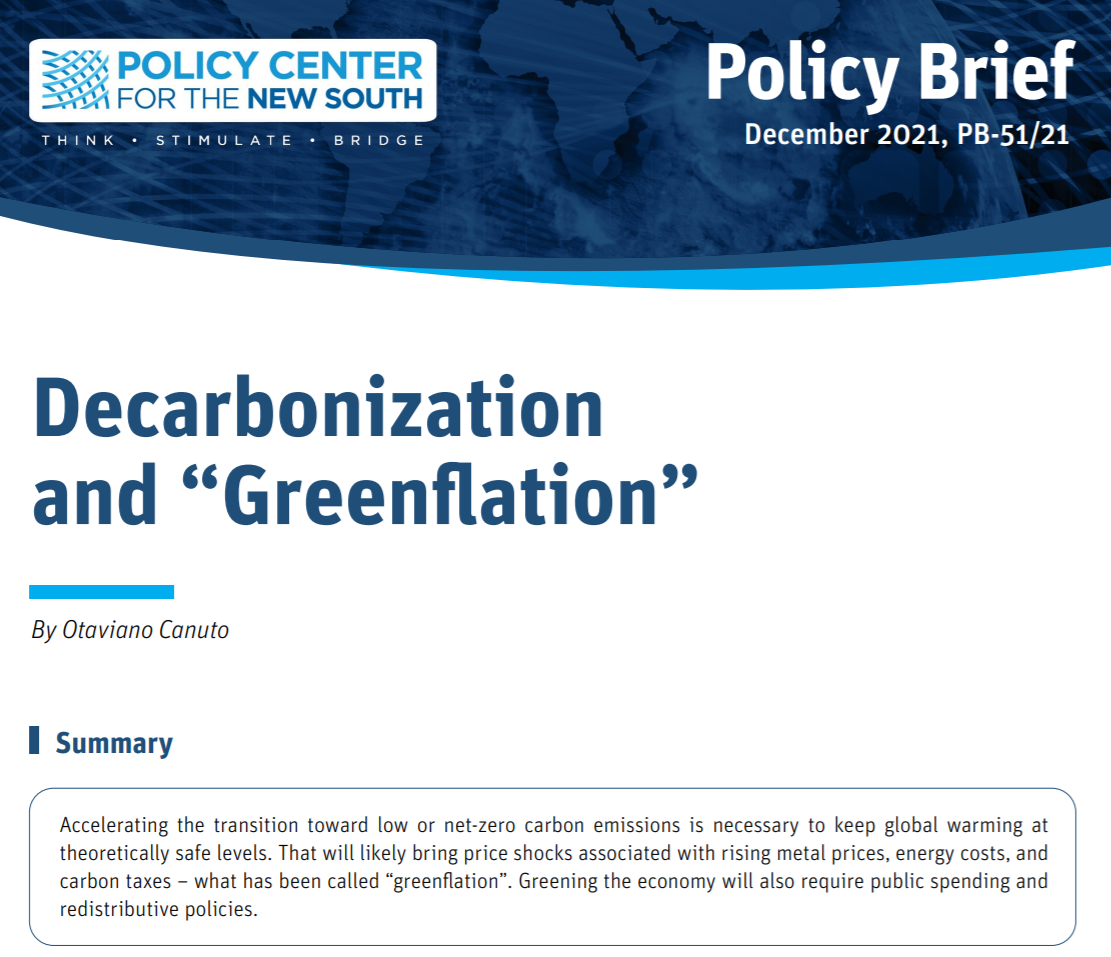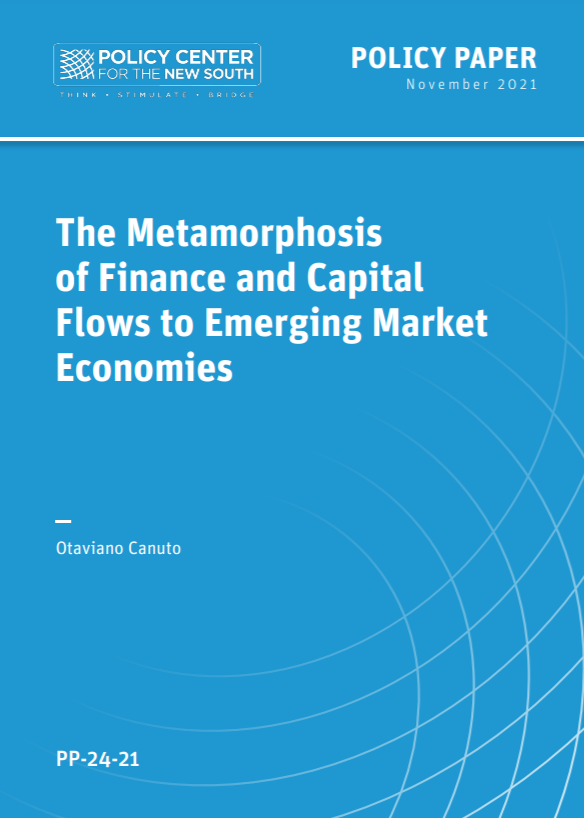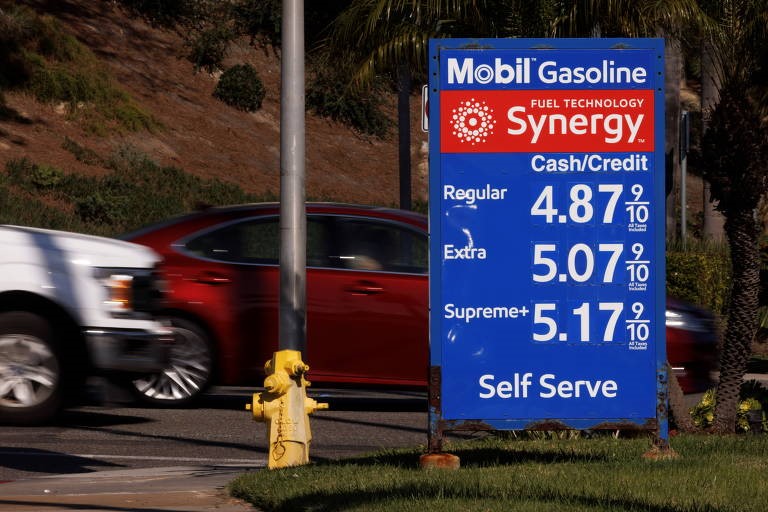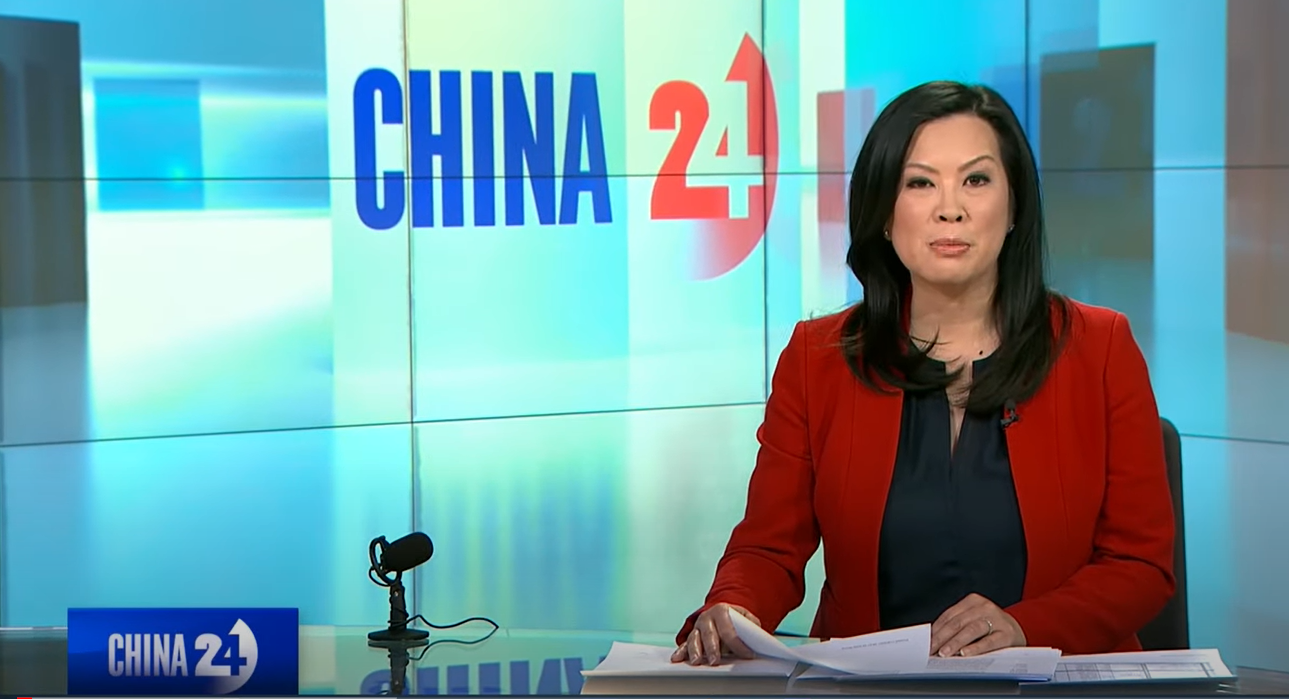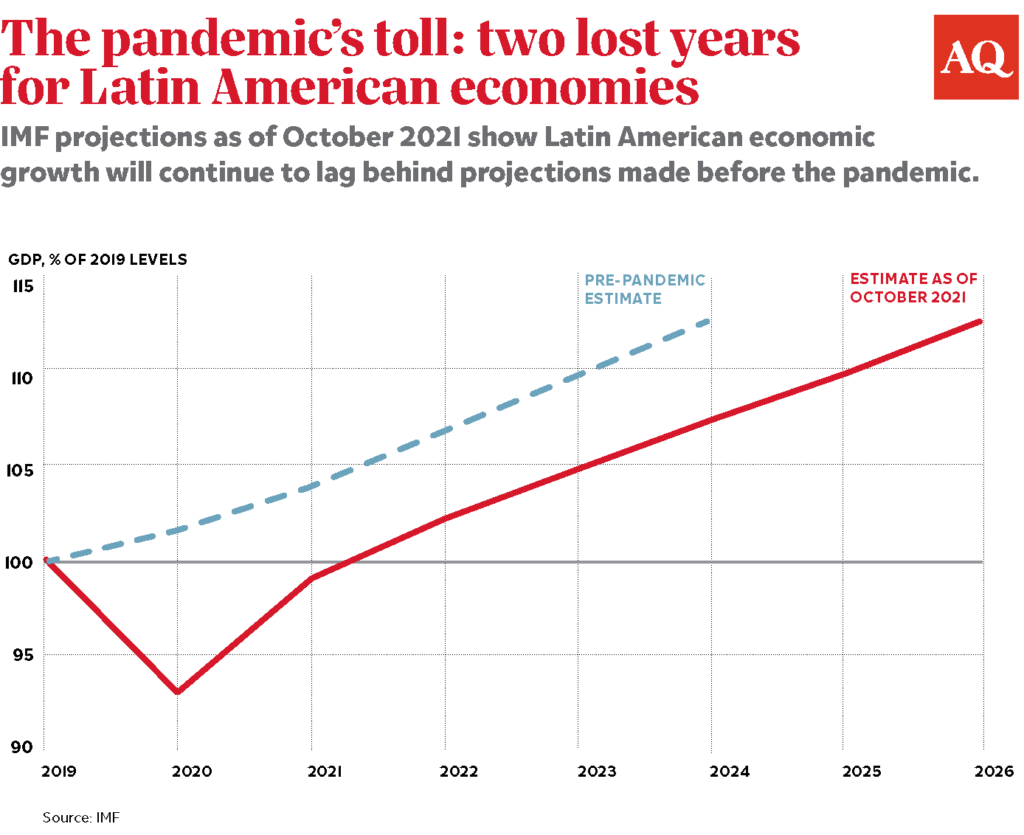Argentina avoids falling into arrears with the IMF
On January 28, both Argentina’s government and the International Monetary Fund staff made announcements about an understanding on a new support program. Meanwhile, in addition to the payment of an amortization due on January 28, another payment is also expected in the first week of February. For now, at least Argentina’s default with the IMF has been avoided. The course ahead will depend on IMF disbursements as targets are reached.



